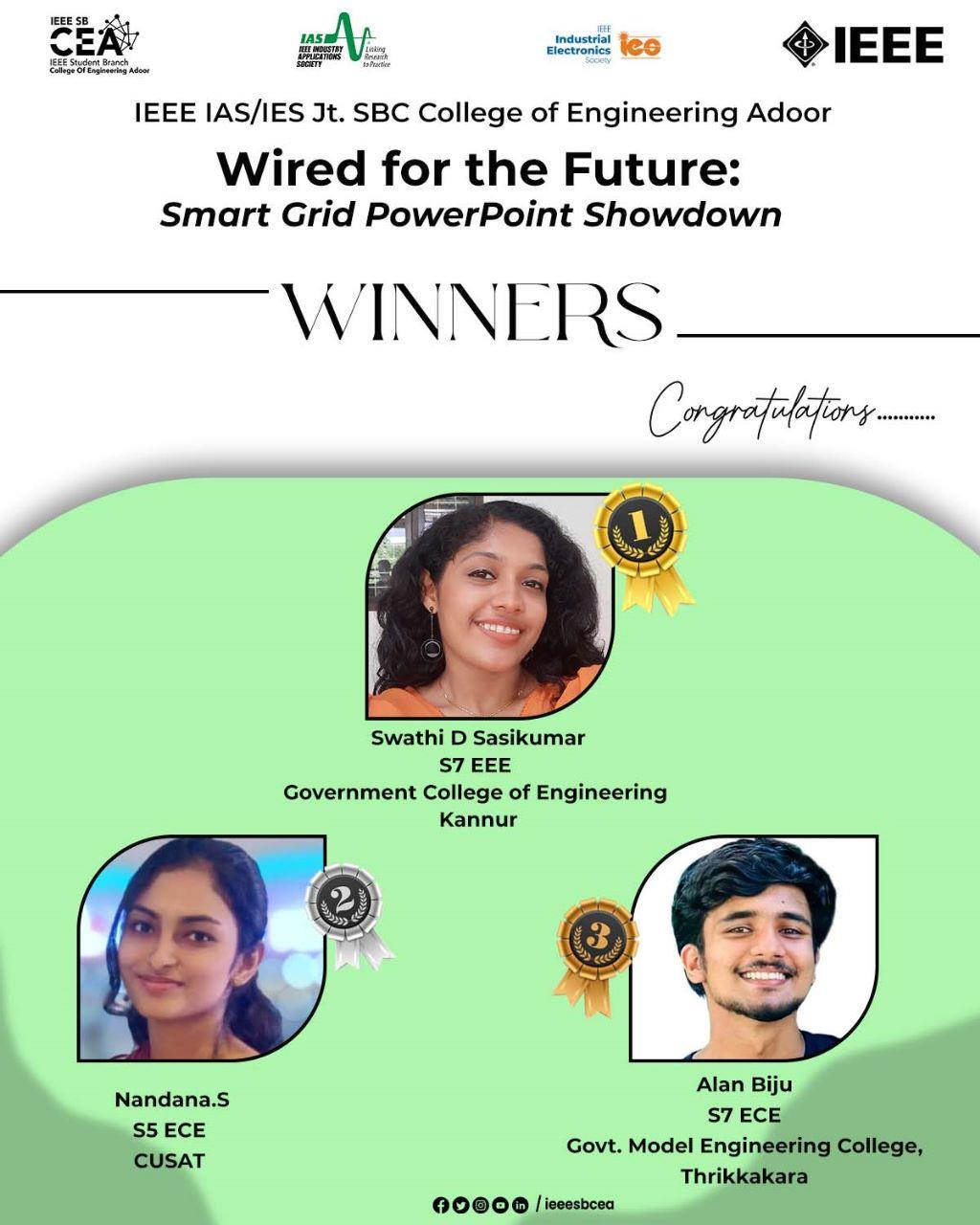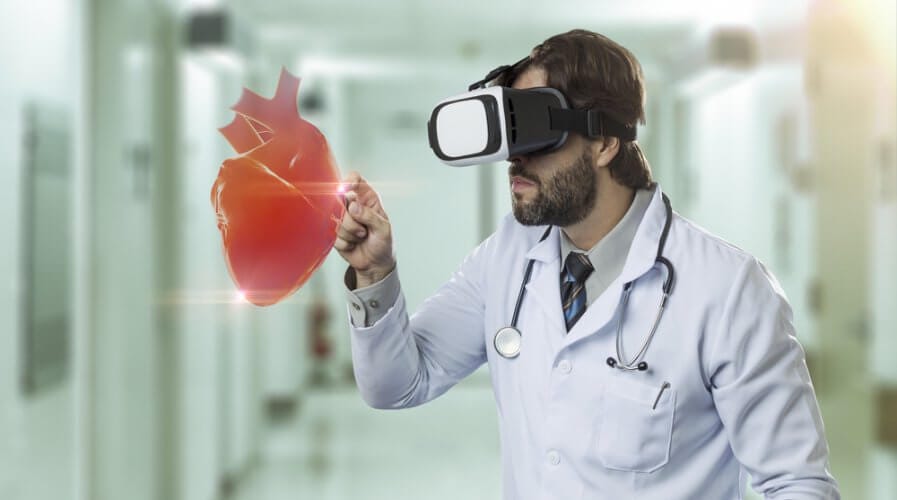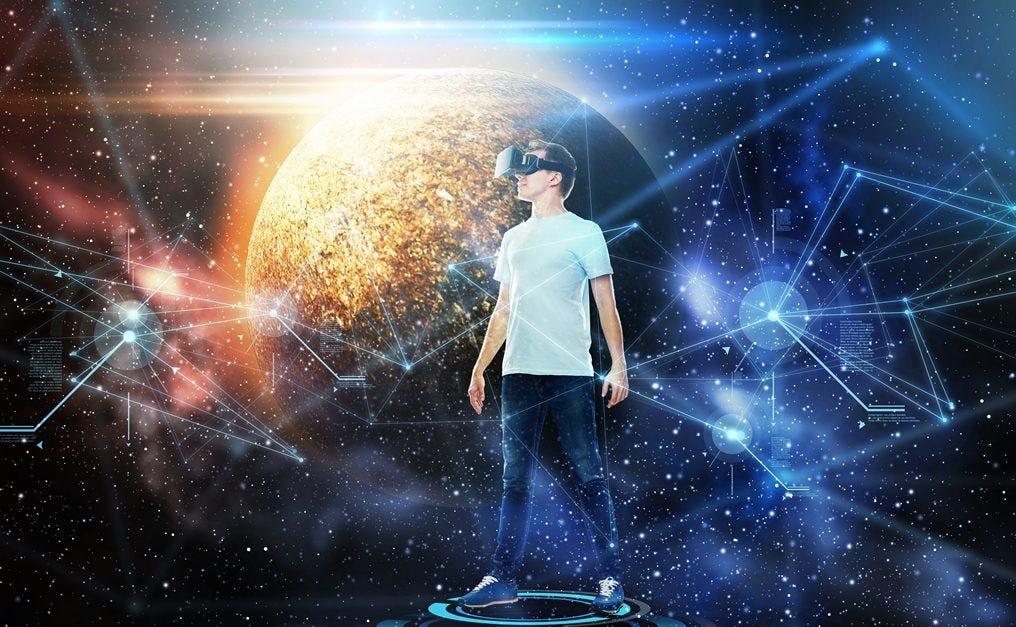Hey there!🤗
Get ready to ride the digital wave with our monthly newsletter! 🎢 Discover the latest in tech trends, gadgets, and innovations that are shaping our world.
Don’t forget to subscribe so you don’t miss out on the latest edition!
What’s Cooking👨🏻🍳
In this section, we invite you to step into the heart of our organization's vibrant journey. From groundbreaking achievements to community initiatives, here's your exclusive pass to stay up-to-date with the latest events that shape our mission. Join us as we celebrate milestones, share inspiring stories, and highlight the people who make it all possible."
Crack C
IEEE SB GCEK conducted an exam oriented preparation for c programming on 5th,6th and 7th of August.Crack C provided a complete crash course on C programming oriented for the S2 University Examination. Extended over 3 days of classes 90 minutes each, the first day covered the theoretical and explanation part with the next two days focusing on programming by mentors from our college. The program was open to all students across Kerala and attracted more than 150 students from various colleges. The mentors were also available after the 3-day session for doubt clearance. The event received massive feedback and positive response from the attendees. The sessions were handled by the mentors chosen prior to the series of lectures. Crack C made sure that everyone gained the confidence needed to ace C programming assessments.
AptiTestX
The Computer Society of IEEE SB GCEK conducted an online aptitude test on 5th August on Quizizz platform. The event showcased the participants exceptional talents and problem solving skills. The top performers who have earned their place among the best in this challenging aptitude test were:
1) HUDA E K (GCE KANNUR)
2) SUJIT SUNIL DEORE (PCCOE PUNE)
3) BHAGYASHRI NANDKISHOR CHAUDHARI (PCCOE PUNE)
We are extremely honored to announce that IEEE CS SBC GCEK has been awarded a sum of $550 as CS chapter grants. The dedication and remarkable contribution have not only made a significant impact on our team but also set a new standard of excellence.🏆
Spectrum Talk 2
As a part of IEEE SPECTRUM TALK SERIES, the second talk session dealt with ‘TRI ROBOTICS’ that aimed to bridge the gap between theory and practice in the realm of robotics. The session was handled by Aiswarya.K of S5 ECE. It shed light on innovative solutions and strategies in the field, offering invaluable takeaways for those looking to stay at the forefront of robotics technology.🦾
IEEE SB GCEK is known for its active performance in conducting events as well as for its active participation that are being conducted by various student branches. We are extremely glad to reveal Swathi D Sasikumar of S7 EEE has won the PowerPoint making competition ‘Wired for the Future: Smart Grid PowerPoint Showdown’ conducted by IEEE IAS/IEC SBC College of Engineering Adoor.
Read the October 2023 edition of IEEE Spectrum magazine here
Catch the drift🌬️
VR is more than a trend; it's a transformative force. In this article, we'll embark on a journey through the myriad applications of VR, where the lines between the physical and the digital blur, ushering us into a realm of unparalleled innovation and immersion."
Here is where VR is dominating and continuing to expand its possibilities:
1. Gaming and Entertainment: VR provides immersive gaming experiences where players can feel like they are inside the game world. It's also used for interactive storytelling and entertainment content.
2. Training and Simulation: VR is extensively used for training simulations in industries such as aviation, military, healthcare, and manufacturing. It allows trainees to practice in realistic, risk-free environments.
3. Medical and Healthcare: VR is used for surgical training, pain management, and even remote surgery where experts can operate on patients in different locations.
4. Architecture and Design: Architects and designers use VR to create immersive 3D models of buildings and interiors, allowing clients to experience spaces before construction.✍️
5. Education: VR can enhance learning experiences by taking students on virtual field trips, simulating historical events, or illustrating complex concepts in a more engaging way.📚
6. Tourism and Travel: Virtual tours and travel experiences enable people to explore destinations and accommodations virtually before booking a trip.🗽
7. Real Estate: VR allows potential buyers or renters to tour properties remotely, saving time and effort.🏢
8. Automotive Industry: Car manufacturers use VR for design reviews, virtual prototyping, and safety testing.🏎️
9. Retail: VR can be used to create virtual shopping experiences, where customers can browse and interact with products before purchasing.🛍️
10. Sports and Fitness: VR can offer immersive training experiences for athletes, as well as interactive fitness and rehabilitation programs.⛹️♂️
11. Mental Health: VR is used in therapy for treating anxiety disorders, phobias, and PTSD by exposing patients to controlled, immersive environments.🧘♂️
12. Archaeology and Cultural Preservation: VR can recreate historical sites and artifacts, helping preserve cultural heritage and enabling virtual museum experiences.📜
13. Space Exploration: NASA and other space agencies use VR to train astronauts and to provide virtual tours of celestial bodies.🛰️
14. Art and Creativity: Artists can use VR tools to create 3D sculptures and paintings in a digital environment.
15. Social Interaction: Social VR platforms allow people to interact with others in virtual spaces, bridging the gap between physical and digital social experiences.
Rendezvous🤝
Unlocking insights: an exclusive dialogue with Anusree P, EEE graduate 2019-2023 batch.
Could you give us a brief description about yourself?
Hi, I am Anusree P. I graduated from Government College of Engineering in Kannur with a B Tech in Electrical and Electronics engineering. Currently I am working as Business Analyst at QBurst Technologies.
What made you join the IEEE community? Please, share your journey over the past years.
I attended the MDC session conducted by IEEE SB GCEK as a fresher with my best friend Meghana. At first they mentioned all the advantages of IEEE as a technical student, which to be honest we didn’t find all that interesting. But then they mentioned networking and how we could travel to different colleges at different locations to attend various IEEE events. The idea of going on trips appealed to us which made us join IEEE.
First year I attended FrizBee and MHM which were held at MES Kuttipuram and GEC, Palakkad respectively. Both were memorable events and opened a world of networking to me. In following years I worked in the content team, coordinated DevCom, selected as the chairperson of SIGHT, IEEE SB GCEK as well as the Malabar Hub Representative, IEEE PIE Kerala Section.
Even though I was unable to travel as much as I expected to due to the pandemic, IEEE has given me a lot of memories and a lot of friends across different engineering colleges.
What changes or improvements would you like to add to the working of IEEE ? What were the hardships of working as an execom member, if any?
I don’t really have anything to suggest in terms of improvements. Try to conduct maximum events offline and don’t just limit those events to our SB. As an Execom member the one hardship I faced was the transition from online to offline. Until that point due to the pandemic all our events were online but then when all of a sudden we had to conduct offline events it became tedious because we had no prior experience in organizing offline events.
Could you please share the most mesmerizing experience you
had working with IEEE?
For me the best memory would be going to FrizBee 2019. It was first year in college, we had just joined IEEE when we learnt about this event from seniors. They encouraged us to attend the event. At first we were reluctant as we had to pay for the ticket but I can honestly say that it was worth it. I met a lot of people from different parts of our state and to this date I have connections with them.
Do you think being an active IEEE member changed your
perspective towards the engineering career and its vast
opportunities?
As an IEEE member I was able to enhance my communication skills, coordinating skills, team management skills, leadership skills etc and when we go for an interview we often see that soft skills have as much importance if not more than technical skills.
Can you share the valuable message you have for students
regarding the pros and cons of joining IEEE?
IEEE opens up a sea of opportunities for us. IEEE offers a variety of scholarships for IEEE Student members. A large number of technical events and competitions expose us to the recent technologies and teaches us to progress in this competitive world.
Epistemology
Navigating the Future: Building a Thriving Career in AR/VR.
Here is a quick guide on how to get started for a successful career in the field of AR/VR. Explore the process of crafting your immersive experience and Augmenting reality with digital content.
Choosing Your Platform
Before you begin creating content, you need to decide which VR or AR platform you’ll be working with. Common platforms include Unity, Unreal Engine, and ARKit/ARCore for mobile AR. Each has its strengths and learning curve, so choose one that aligns with your goals and resources.
Learning the basics
Familiarise yourself with the basics of 3D modelling, animation, and programming. Online courses, tutorials, and documentation provided by your chosen platform are excellent resources for gaining essential skills.
Creating 3D models
To build immersive environments or objects in AR/VR, you'll need 3D models. You can create them using software like Blender, Maya, or Tinkercad, or you can find pre-made models in online libraries. Import these models into your development environment.
Texturing and Materials
Learn to apply textures and materials to your 3D models to give them realism and depth. Software like Substance Painter or Adobe Photoshop can help with this. Understand the principles of lighting to make your creations visually appealing.
Animation and Interaction
Bring your VR/AR world to life with animations and interactions. Create scripts to control object movements, interactions, and user experiences. Many development platforms provide visual scripting tools for beginners.
Testing and Optimization
Regularly test your content on VR/AR hardware to ensure it works smoothly. Optimize your creations to run efficiently on various devices, considering factors like frame rate and memory usage.
User Interface (UI) and User Experience (UX)
Design intuitive UX/UI elements for your VR/AR content. User-friendly interfaces enhance the overall experience. Consider factors like menu design, navigation, and feedback systems.
Audio Integration
Sound and music play a crucial role in immersion. Learn how to incorporate audio into your VR/AR experience. Use spatial audio techniques for an even more immersive environment.
Publishing your Content
Once your content is ready, you can publish it on platforms like SteamVR, Oculus Store, or the App Store for AR apps. Follow platform-specific guidelines for submission.
Community and Resources
Join online communities, forums, and social media groups related to VR and AR development. Networking and seeking advice from experienced creators can be invaluable.
Continuous Learning
VR and AR are dynamic fields with ongoing developments. Stay updated with the latest technologies and trends by attending conferences, webinars, and reading industry news.
Conclusion: Creating your own VR/AR content is a rewarding journey that allows you to explore your creativity and contribute to the growing world of immersive technology. Remember that practice makes perfect, so don’t be discouraged by initial challenges. With dedication and learning, you can craft captivating experiences that engage users in the exciting realms of virtual and augmented reality.
From the Coterie
IEEE is a platform for our community to shine, offering fresh ideas and a diverse range of voices that enrich our collective knowledge. Join us in exploring the thoughts, experiences, and wisdom of our fellow members.
This section features an article by Vedika, S5 CS
5G Technology and Its Potential to Revolutionize Communication Networks
5G technology, the fifth generation of mobile networks, is poised to revolutionize communication networks around the world. With faster speeds, lower latency, and higher capacity, 5G is expected to transform the way we communicate and consume information. In this article, we will explore the potential of 5G technology and its impact on various industries.
What is 5G Technology?
5G technology is the latest iteration of mobile networks, offering faster data transfer rates, lower latency, and higher capacity than its predecessors. It uses a range of new technologies such as millimeter waves, massive MIMO (multiple input multiple output), and beamforming to achieve its high-speed data transfer rates and low latency. 5G technology operates on three frequency bands: low-band, mid-band, and high-band. Low-band offers the widest coverage, while high-band offers the highest speeds but with limited coverage. Mid-band offers a balance between coverage and speed.
Potential Impact on Various Industries
5G technology is expected to have a significant impact on various industries, including healthcare, transportation, entertainment, and manufacturing. Let's explore how 5G could revolutionize each of these industries.
Healthcare: With its high-speed data transfer rates and low latency, 5G technology could transform healthcare by enabling real-time remote monitoring and diagnosis. For example, doctors could use 5G-enabled devices to monitor patients' vital signs and diagnose illnesses in real-time, regardless of the patient's location.
Transportation: 5G technology could revolutionize transportation by enabling autonomous vehicles and improving traffic management. With its low latency and high-speed data transfer rates, 5G could enable real-time communication between vehicles, traffic management systems, and pedestrians, leading to safer and more efficient transportation.
Entertainment: 5G technology could revolutionize entertainment by enabling high-quality streaming of video and audio content. With its higher speeds and lower latency, 5G could enable seamless streaming of 4K and 8K video content, as well as virtual and augmented reality experiences.
Manufacturing: 5G technology could revolutionize manufacturing by enabling smart factories and improving supply chain management. With its high-speed data transfer rates and low latency, 5G could enable real-time communication between machines, leading to more efficient manufacturing processes and improved supply chain management.
Challenges and Limitations
Despite its potential benefits, 5G technology also poses several challenges and limitations. For example, the high-frequency bands used by 5G technology have limited coverage, making it challenging to provide seamless coverage in rural areas. Additionally, the deployment of 5G infrastructure requires significant investment, making it challenging for smaller service providers to compete with larger companies.
Conclusion
5G technology is expected to revolutionize communication networks and transform various industries. With its high-speed data transfer rates, low latency, and high capacity, 5G technology could enable real-time communication, improve transportation, enable smart factories, and revolutionize healthcare and entertainment. However, 5G technology also poses several challenges, including limited coverage and significant investment requirements. Overall, 5G technology has the potential to transform the way we communicate and consume information, leading to a more connected and efficient world.
As we conclude this edition, we'd like to express our appreciation for your continued support. We're excited for what the future holds, and we look forward to sharing it with you.
Have something to share or want to get in touch? Reach out at
Until next time, stay inspired and keep on innovating!












